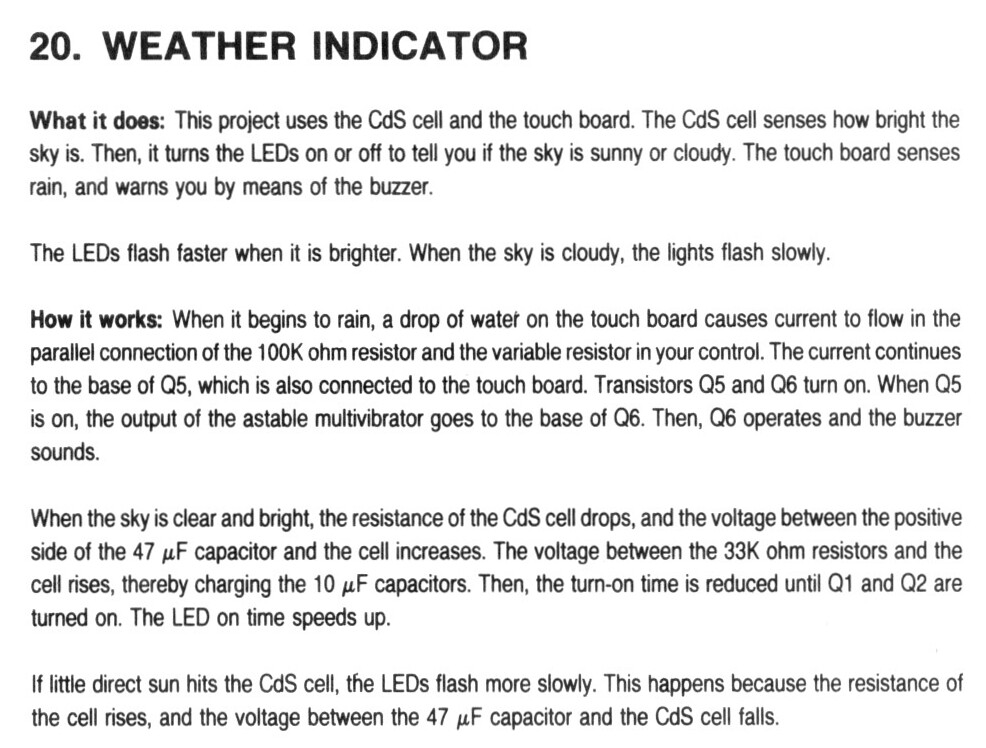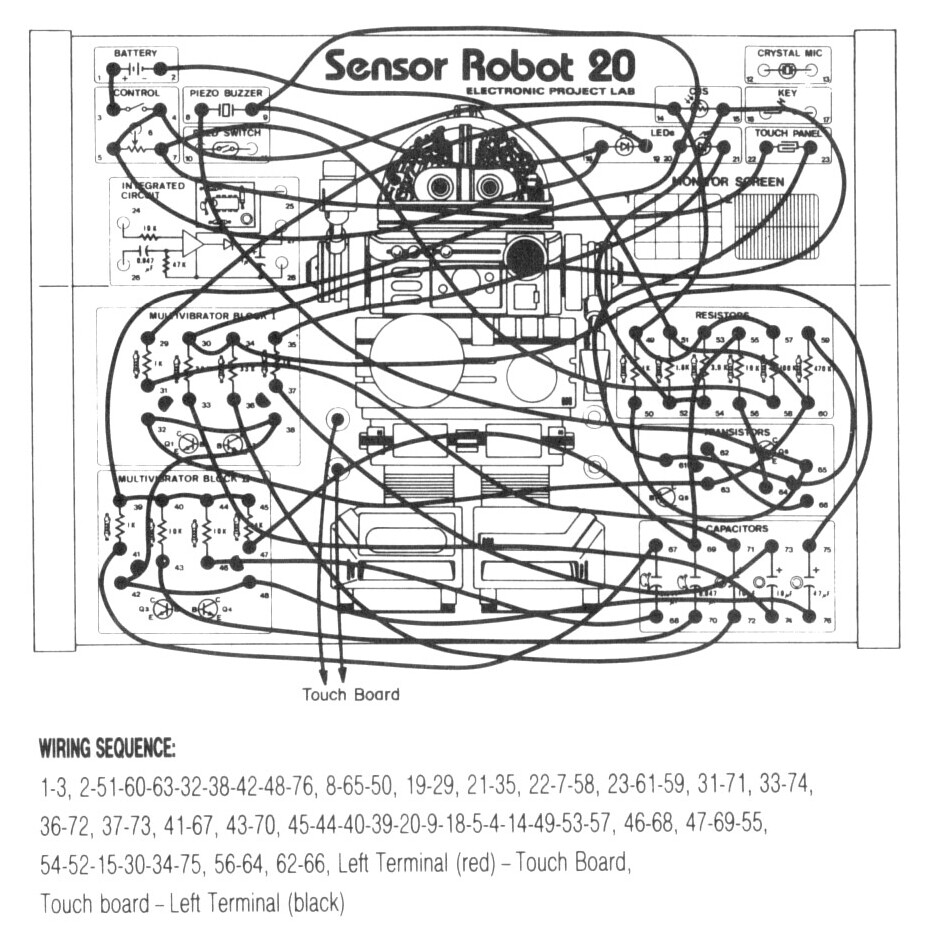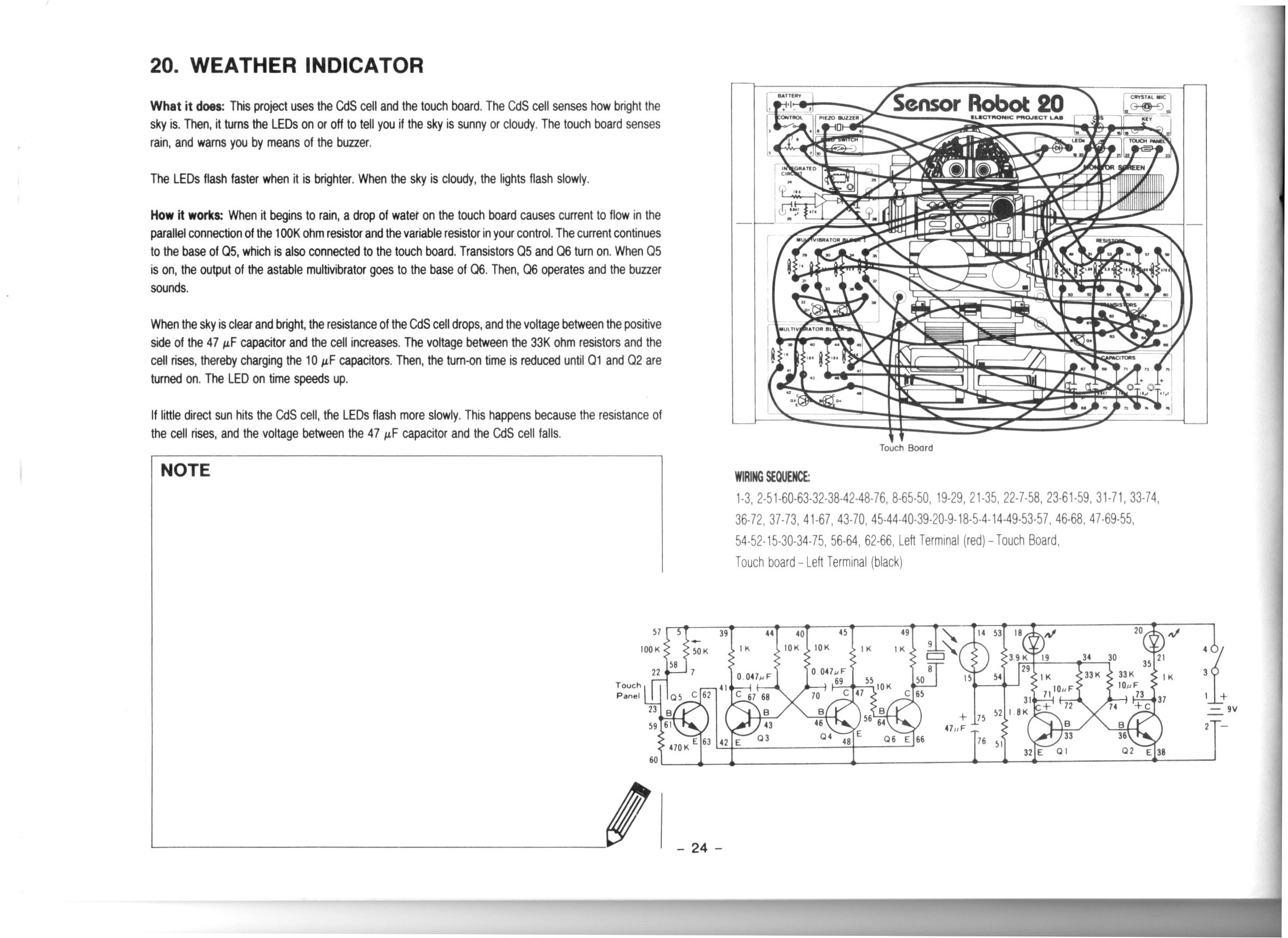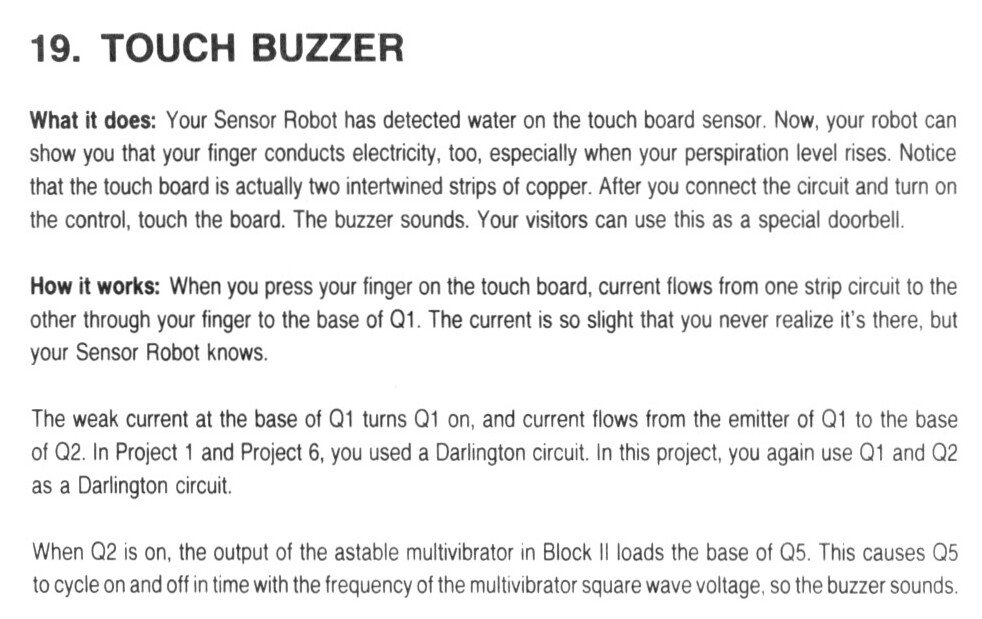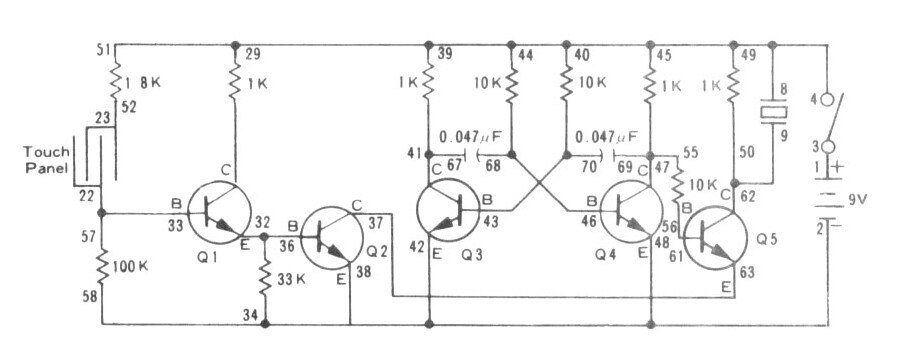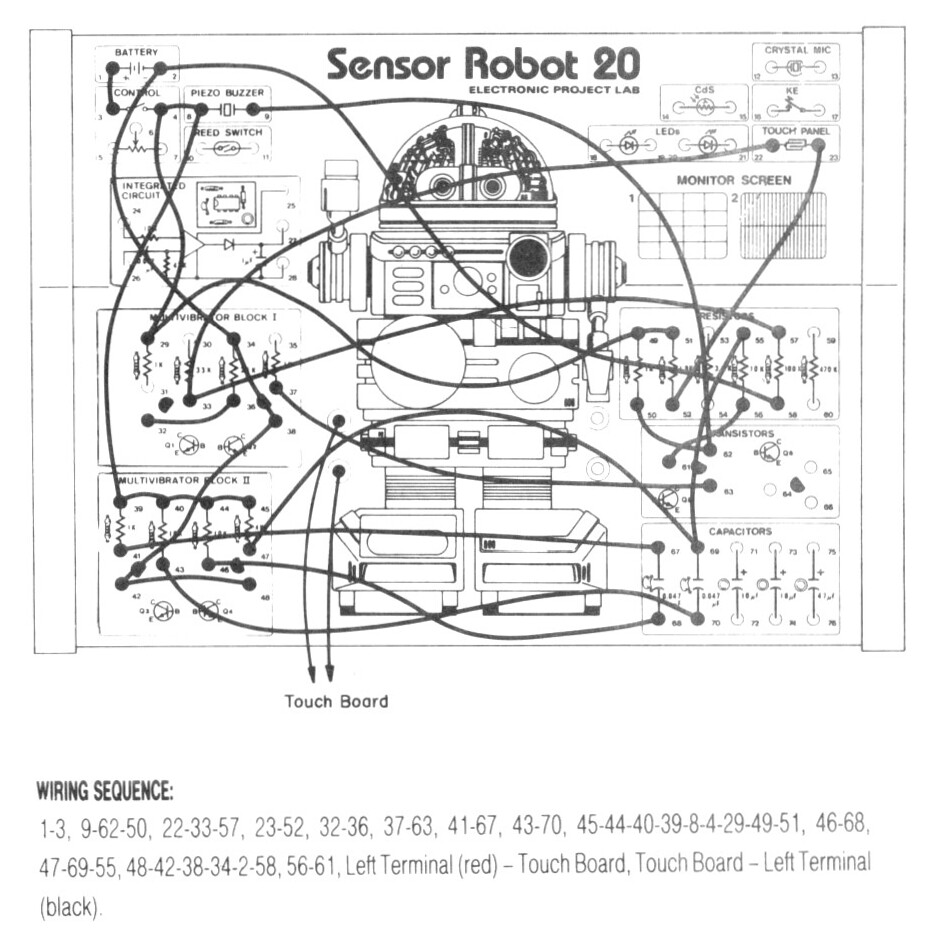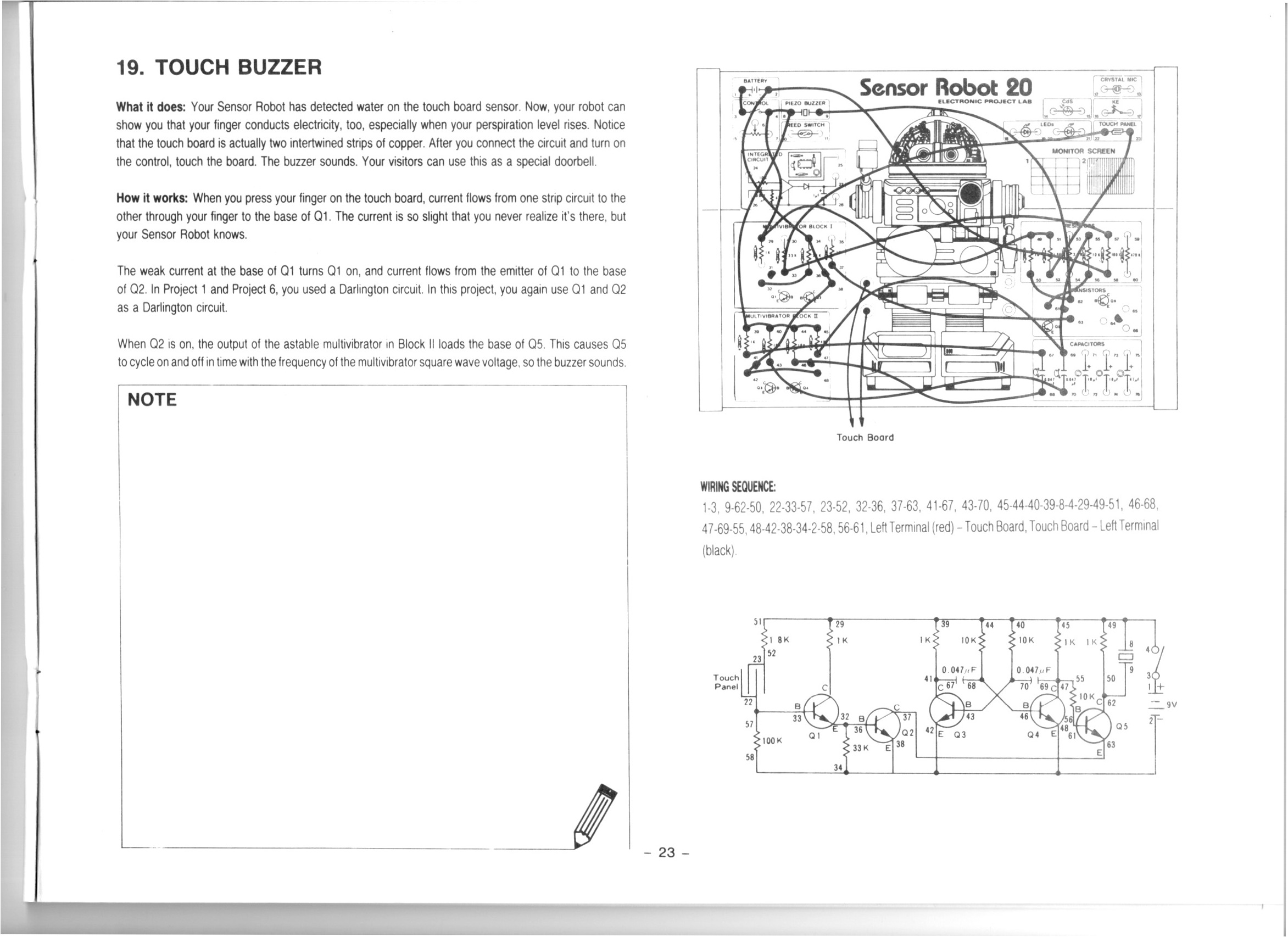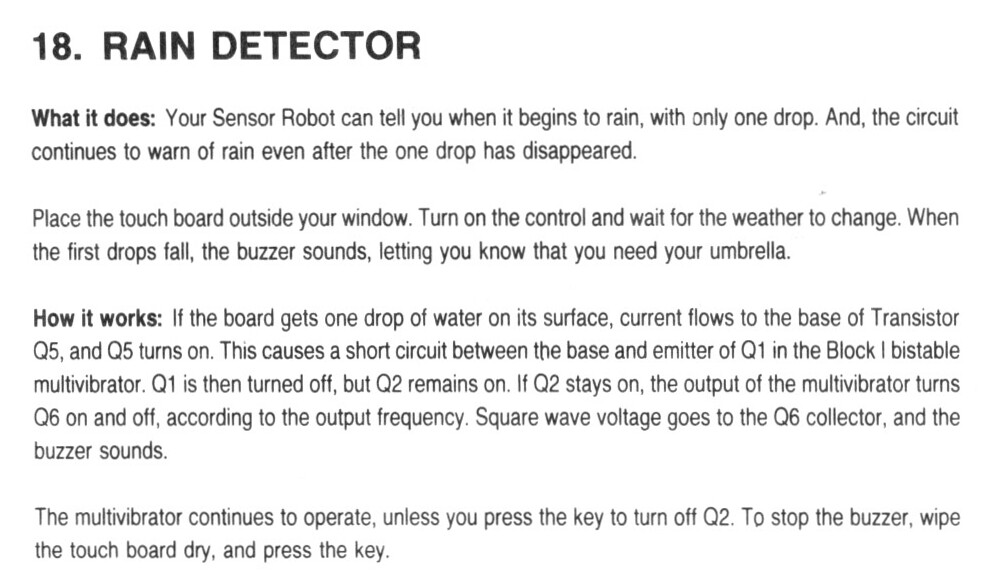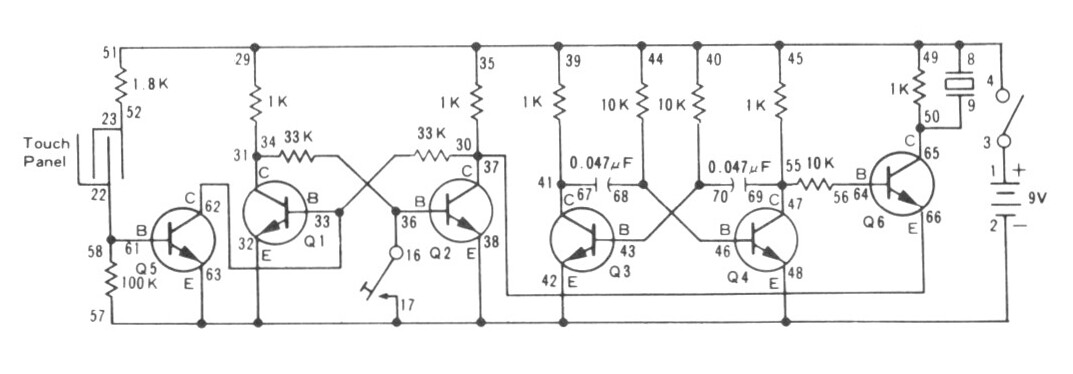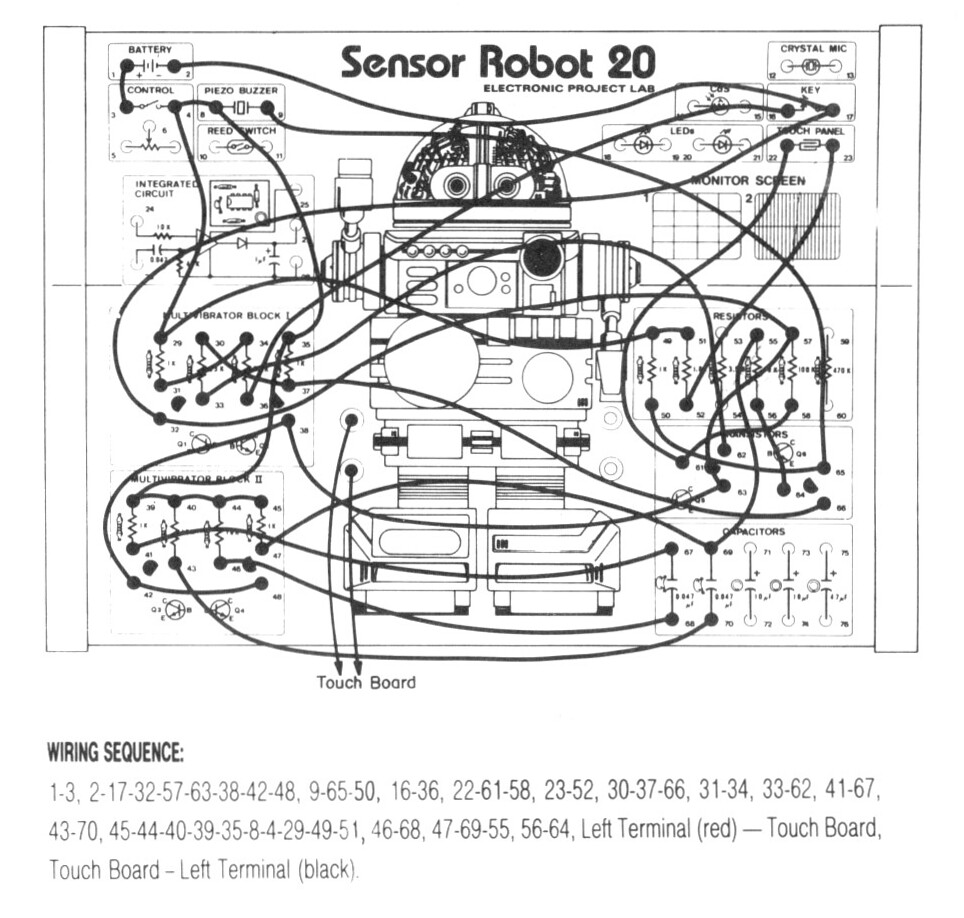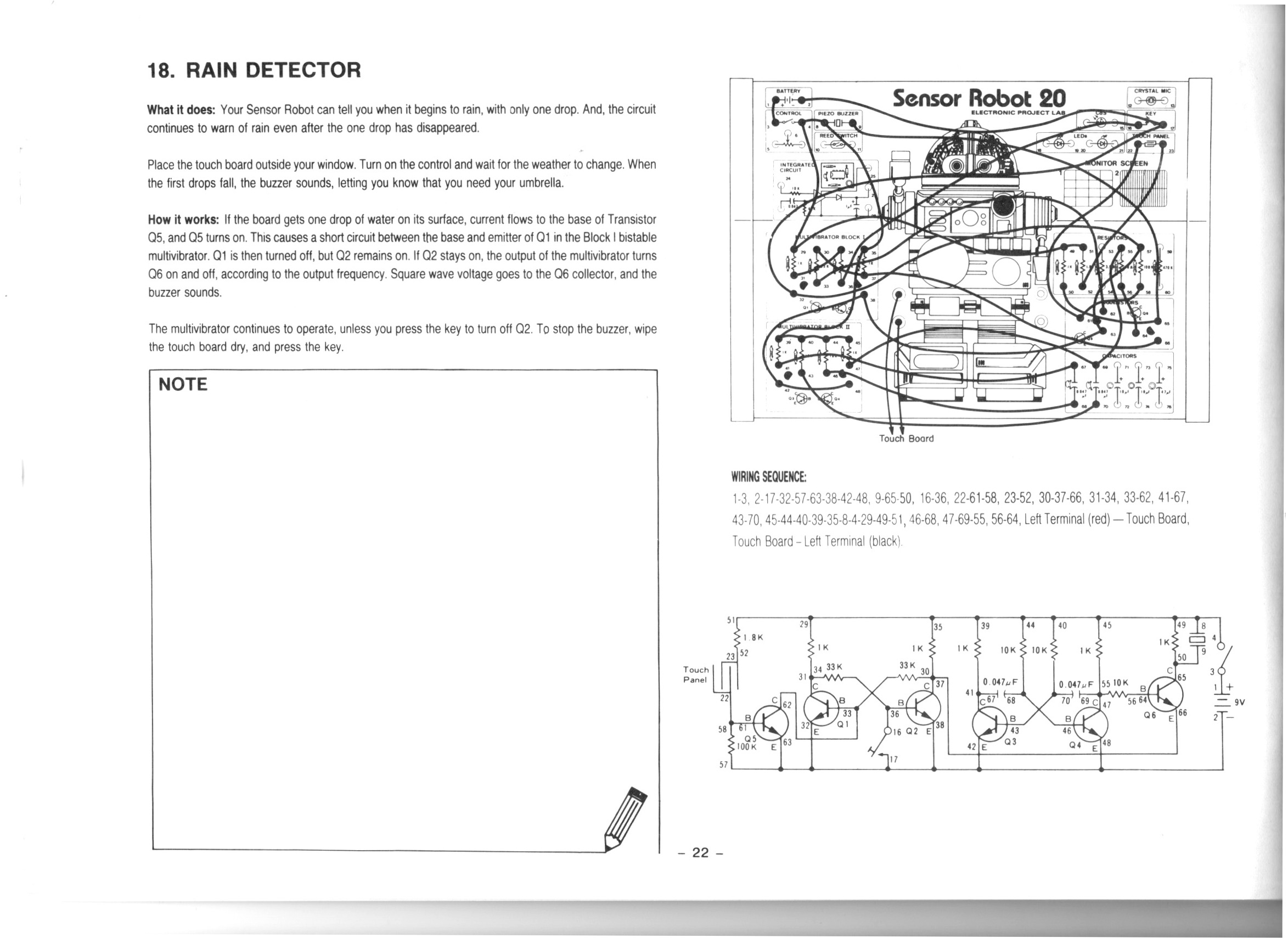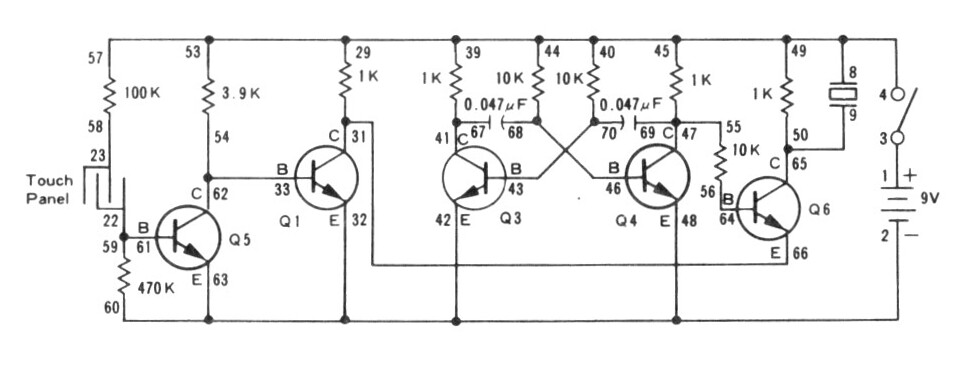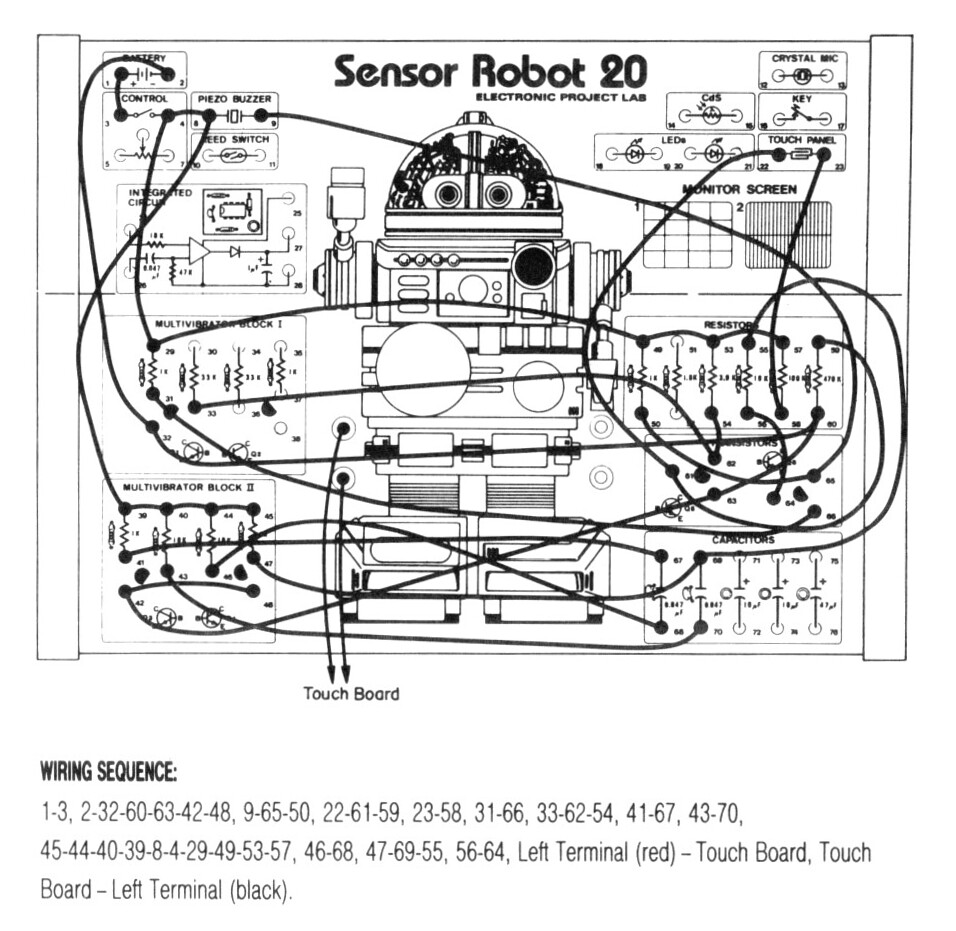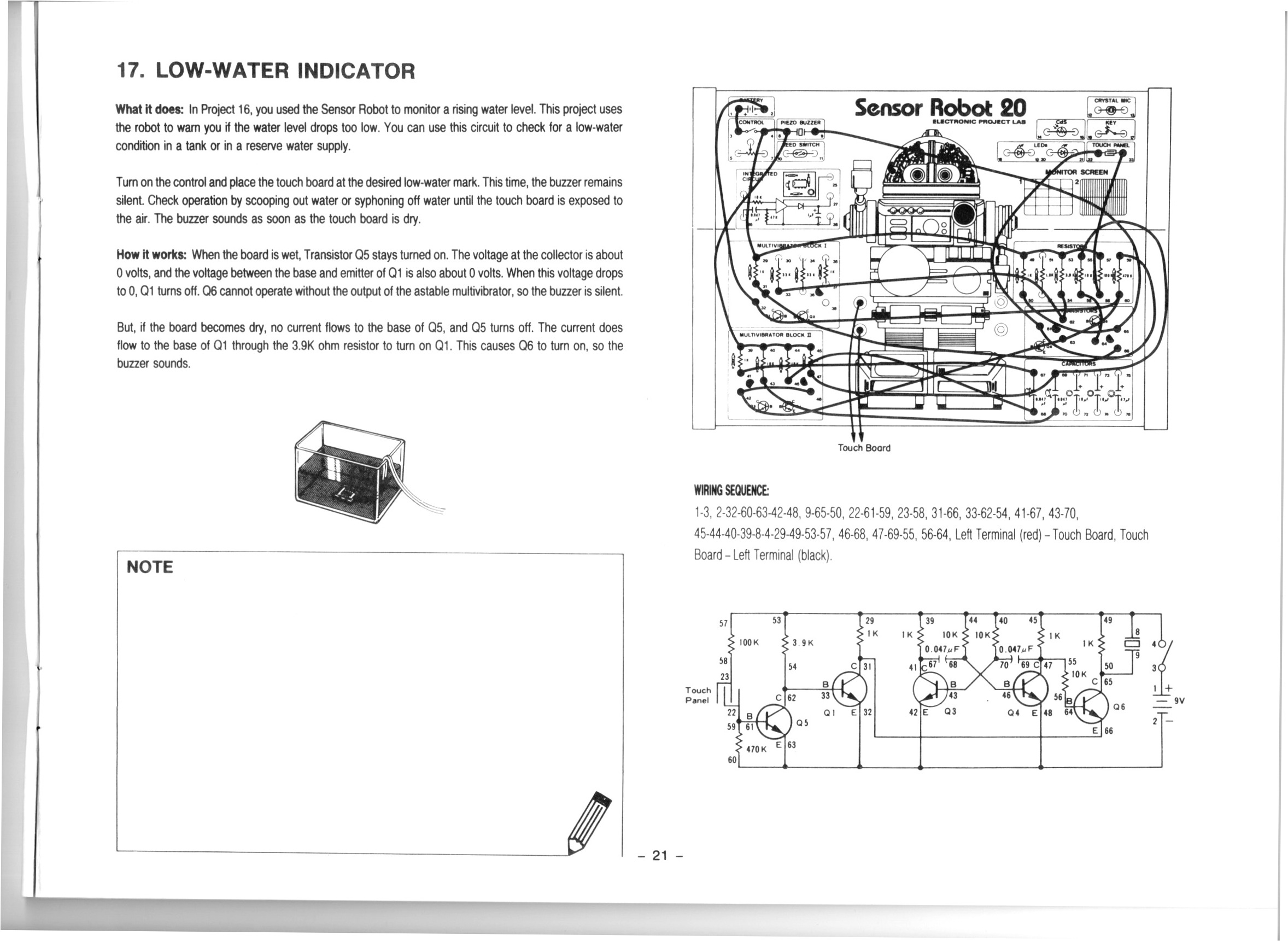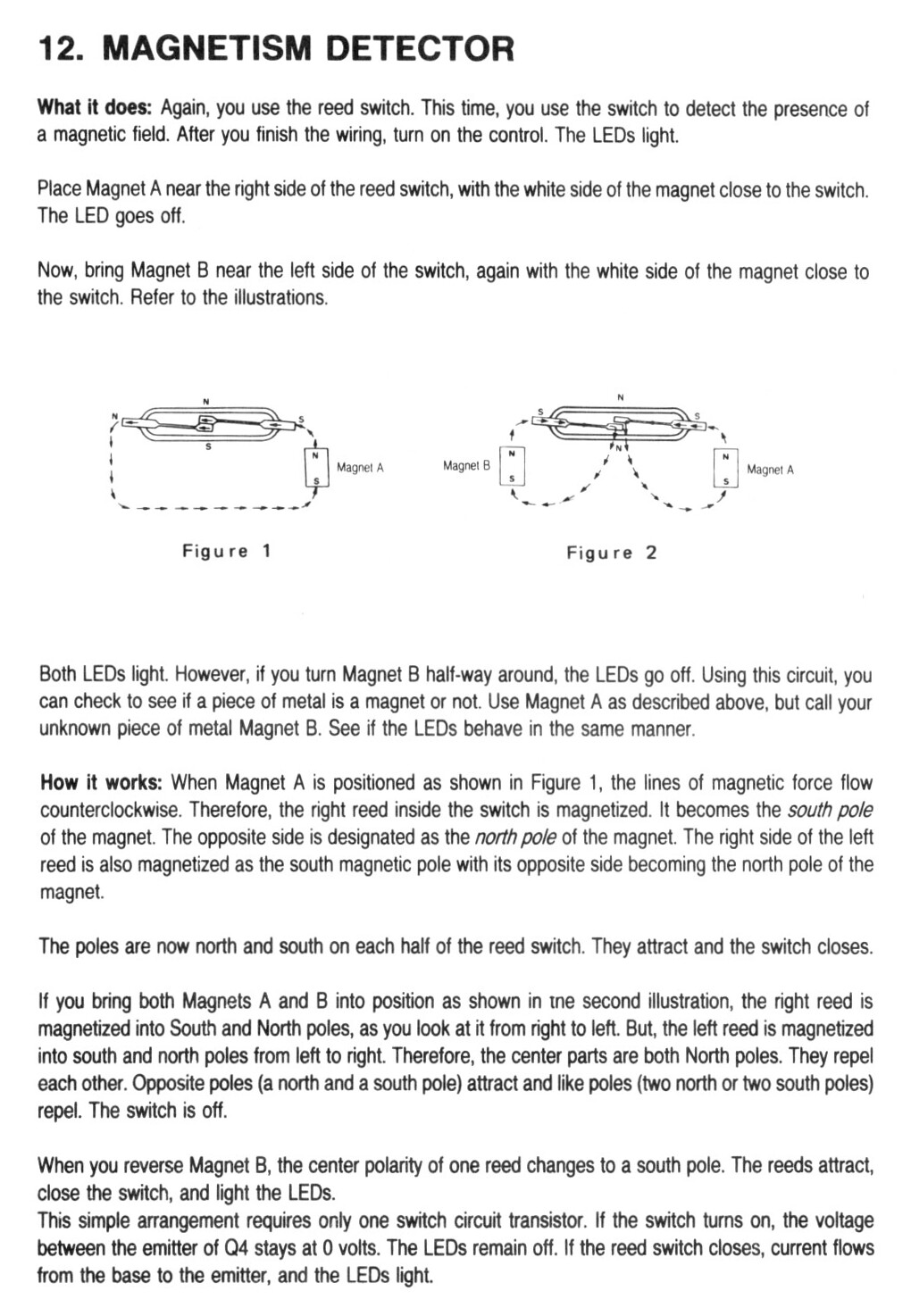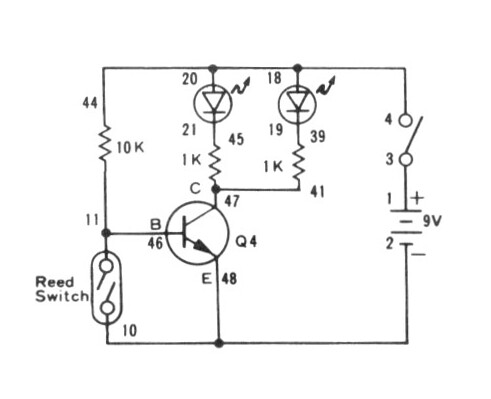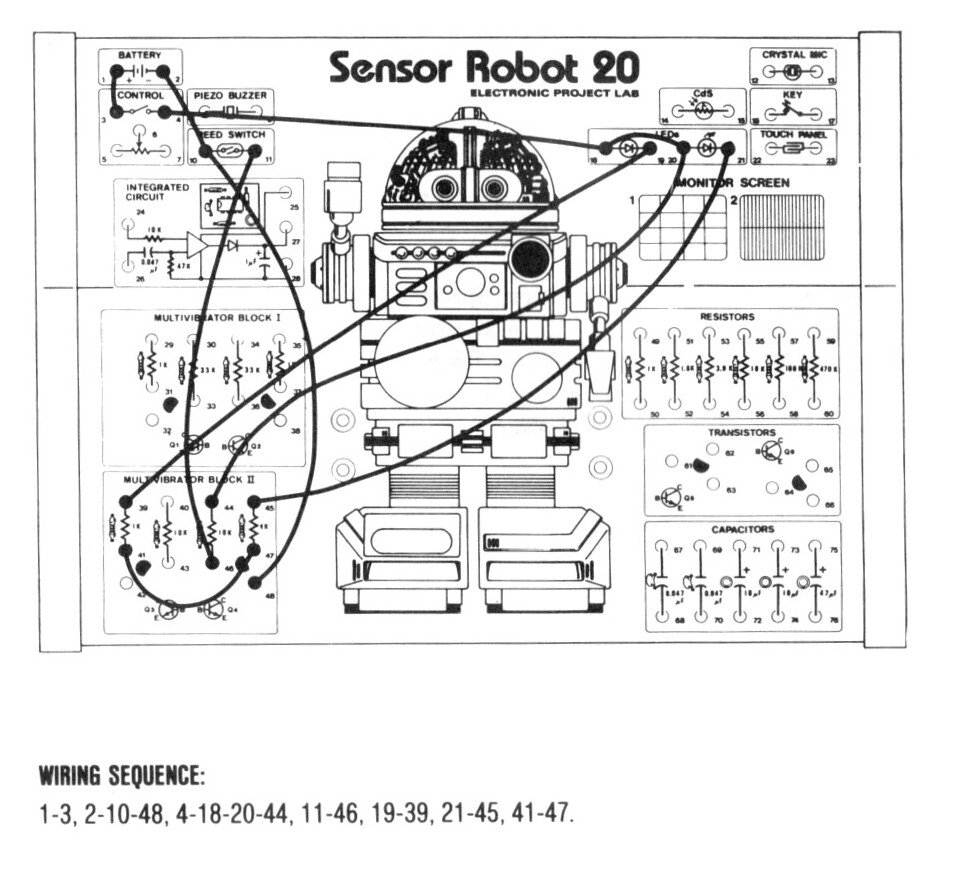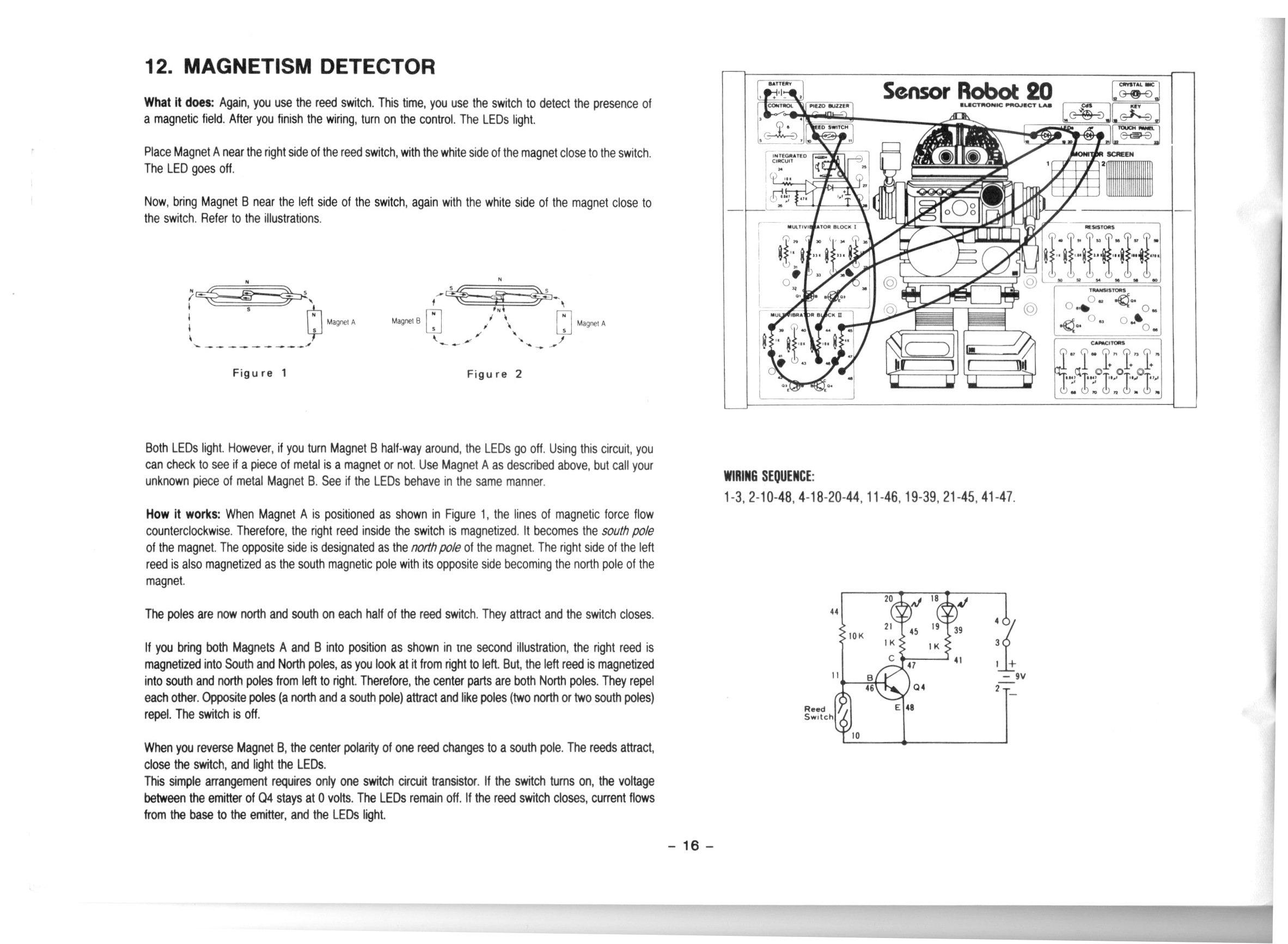You can support this channel on Patreon: patreon.com/JohnElliotV
This post is part of my video blog and you can find more information about this video.
Silly Job Title: Grounding Genius. I am the Grounding Genius!
In this video we continue to work through our Maxitronix 30in1, today doing project #8: The Slow Motion Sunrise-Sunset Light. In this project we see how an electrolytic capacitor can control a Darlington pair.
We use the UNI-T UTi260B Thermal Imager to examine the thermal properties of the circuit (there’s not much to see).
We use the OWON XDM1041 Bench Multimeter for voltage and current measurements.
We use the Kaisi S-160 45x30cm Repair Mat as our workspace.
Thanks very much for watching! And please remember to hit like and subscribe! :)
Following is a product I use picked at random from my collection which may appear in my videos. Clicking through on this to find and click on the green affiliate links before purchasing from eBay or AliExpress is a great way to support the channel at no cost to you. Thanks!
Yum Cha 8pcs Flexible Glue Remover Spudgers |
Let’s go shopping!




